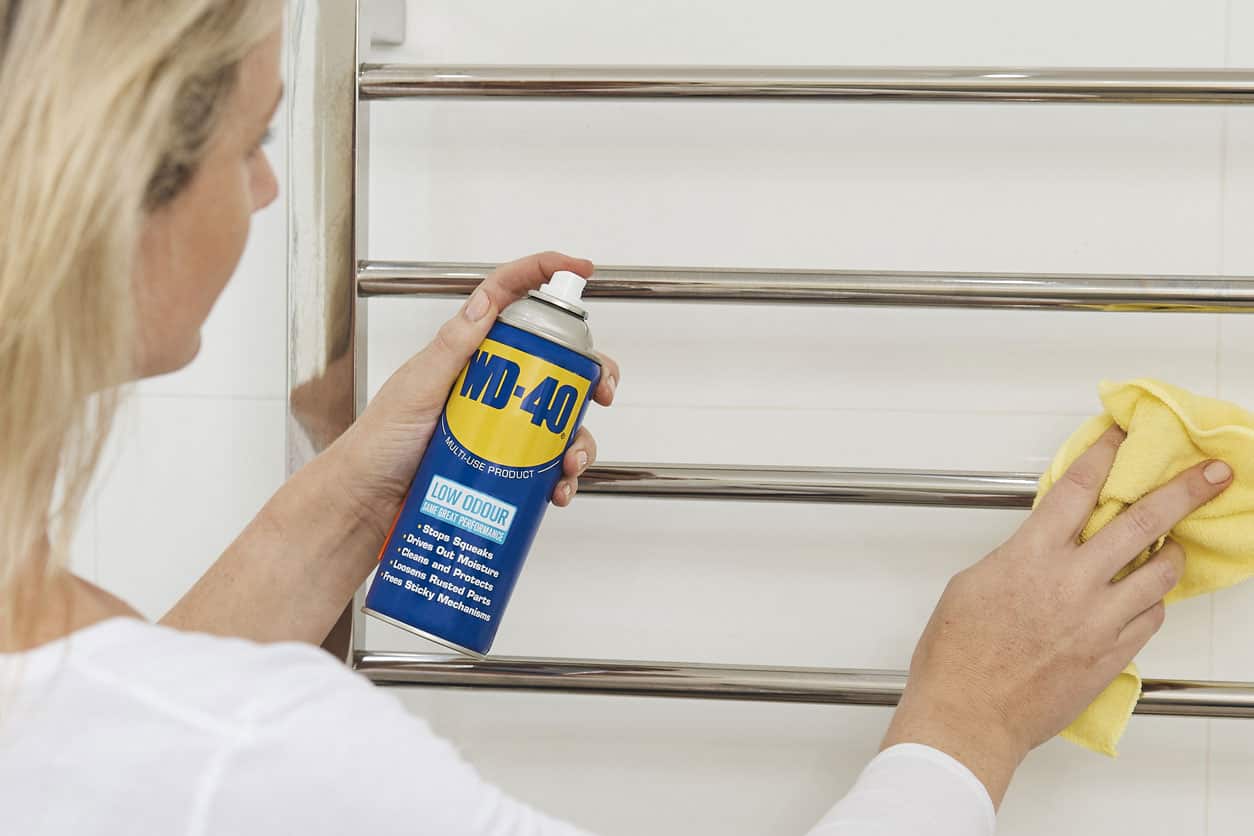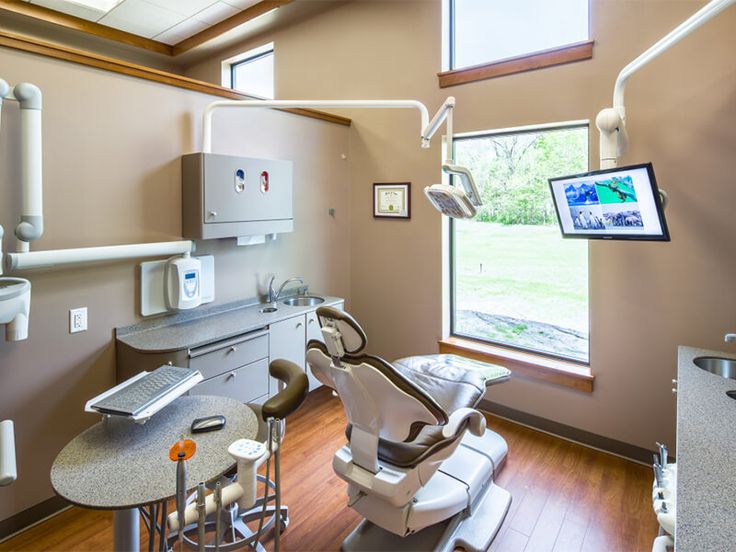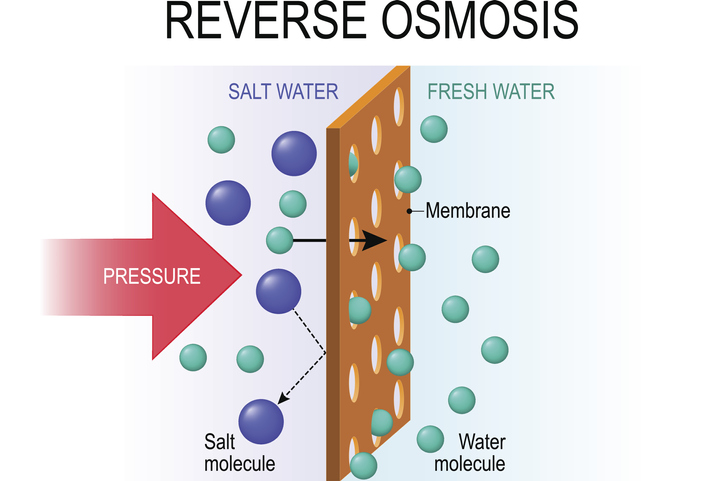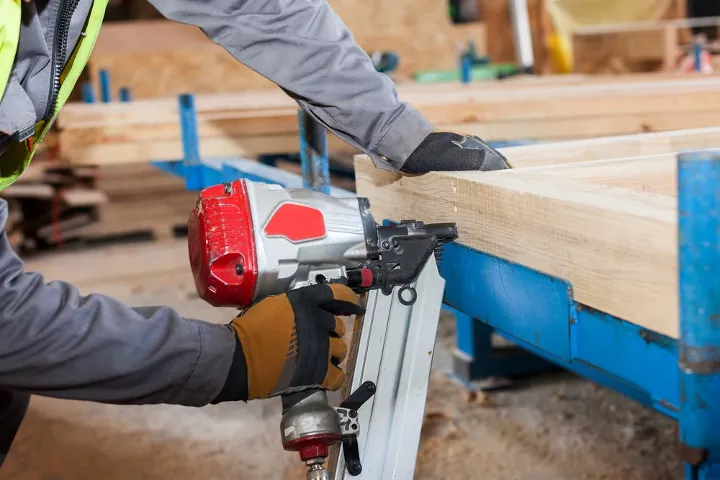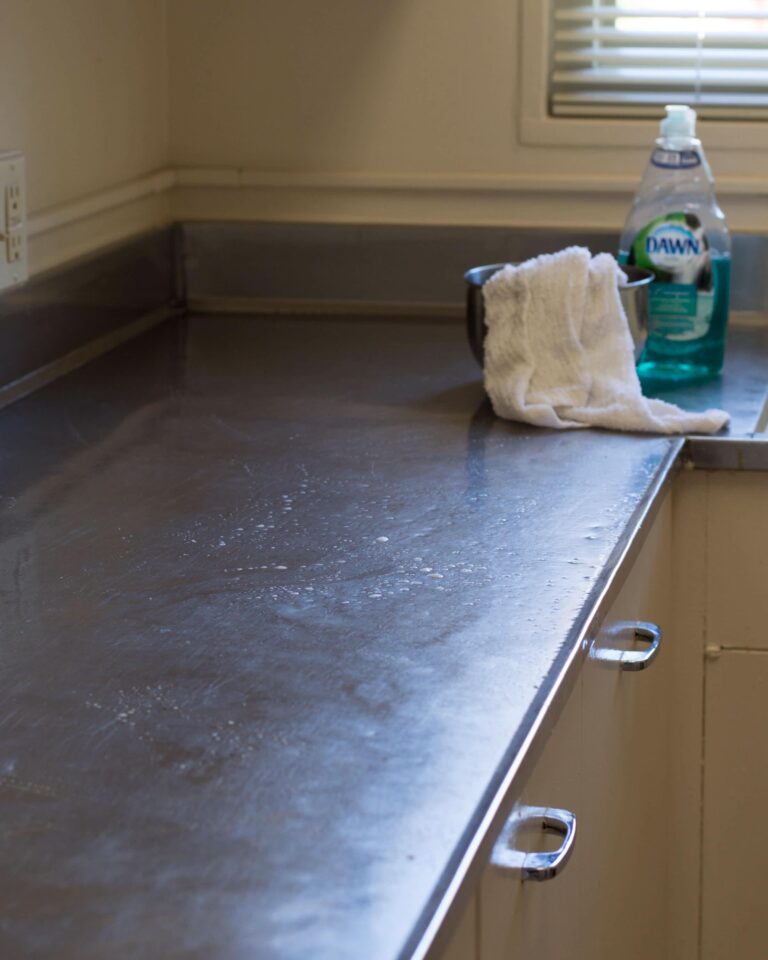What Removes Rust From Stainless Steel?
Rust is a common problem on stainless steel surfaces. It can be caused by exposure to moisture, harsh chemicals, or other environmental conditions. Fortunately, there are several ways to remove rust from stainless steel. Using a mild acid, such as white vinegar or lemon juice, along with a soft cloth is a simple and effective way to remove rust. Other household items such as baking soda, aluminum foil, and steel wool can also be used to scrub away rust. In more serious cases of rust, a commercial rust remover may be necessary to fully remove the rust from the stainless steel surface.
What is Rust?
Rust is an iron oxide created when iron and oxygen react. When stainless steel is exposed to oxygen, a thin layer of chromium oxide forms on the surface to protect it. However, if this layer is somehow disturbed or removed, the underlying iron can be exposed and react with oxygen to create rust. Rust is a highly corrosive substance and can cause significant damage to stainless steel over time. It is essential to prevent and remove rust from stainless steel to protect it from further damage. Fortunately, there are several effective methods for removing rust from stainless steel that can be implemented easily and efficiently.
Causes of Rust on Stainless Steel
Stainless steel is one of the most popular materials used in construction and industrial applications due to its superior corrosion resistance. However, even stainless steel is not completely immune to rust. Rust can form on stainless steel when it is exposed to certain environmental conditions, such as high humidity, salt spray, and other corrosive elements. In order to protect stainless steel from rust, it is important to understand the causes of rust and how to prevent it.
One of the primary causes of rust on stainless steel is exposure to water and oxygen. When these two elements come into contact with stainless steel, a chemical reaction occurs which causes the steel to rust. Additionally, exposure to certain chemicals, such as salts and acids, can cause stainless steel to rust. Other environmental factors, such as extreme temperatures and high humidity, can also cause rust on stainless steel.
It is also important to note that the type of stainless steel can affect its rust resistance. Generally, higher grades of stainless steel are more resistant to rust than lower grades. Additionally, the manufacturing process and surface treatments can also affect the rust resistance of stainless steel.
In conclusion, it is important to identify the causes of rust on stainless steel in order to prevent it. Exposure to water, oxygen, and certain chemicals can all cause rust on stainless steel. Additionally, the type of stainless steel and the manufacturing process can affect its rust resistance. Taking these factors into consideration can help to ensure that stainless steel remains rust-free for years to come.
Prevention of Rust on Stainless Steel
Stainless steel is a popular material for a variety of uses due to its strength, durability, and corrosion resistance. However, despite its impressive properties, stainless steel can be susceptible to rust and corrosion if not properly maintained. Rust and corrosion can impair the integrity of stainless steel and cause a variety of issues, ranging from aesthetic problems to functional deficiencies. Fortunately, there are several methods for preventing rust and corrosion on stainless steel.
One of the most effective methods of preventing rust and corrosion is to keep the stainless steel clean and dry. Regularly wiping down the stainless steel with a cloth can help remove dirt, moisture, and other contaminants that can lead to corrosion. Additionally, stainless steel should be stored in a dry area, preferably at room temperature. Keeping the stainless steel away from moisture or extreme temperatures can help ward off corrosion.
Using a rust-inhibiting sealant or coating can also help protect stainless steel from rust and corrosion. These sealants create a barrier between the stainless steel and moisture, preventing the steel from becoming corroded. Additionally, some sealants contain rust inhibitors that help protect the steel from corrosion. Finally, it’s important to ensure that the stainless steel is regularly inspected for signs of rust or corrosion, and any rust or corrosion should be removed immediately.
By taking the proper steps to prevent rust and corrosion on stainless steel, you can ensure that your stainless steel components remain strong and functional for years to come.
Removing Rust from Stainless Steel
Stainless steel is an alloy of iron and chromium, and is known for its strength and durability. Unfortunately, stainless steel can still corrode and rust over time when exposed to certain elements. Fortunately, there are a few easy methods to remove rust from stainless steel and restore it to its original shine.
One of the most effective ways to remove rust from stainless steel is to use a specialized stainless steel rust remover. These products typically contain phosphoric acid, which is a strong acid that can quickly and safely break down rust. This method is best used on small areas of rust, as the acid can damage surrounding surfaces.
Another popular method to remove rust from stainless steel is to use a combination of baking soda and white vinegar. Baking soda is a mild abrasive that can help scrub away rust, while white vinegar is highly acidic and can break down rust build-up. It’s important to note that this method should only be used on stainless steel items that are not used for food preparation.
Finally, the use of a wire brush can also be a great way to remove rust from stainless steel. Be sure to use a brush specifically designed for stainless steel to avoid damaging the surface. This method is best used on larger areas of rust, and can be used in combination with other methods for more stubborn rust build-up.
By following these simple steps, anyone can easily remove rust from stainless steel and restore it to its original shine. With the right tools and a bit of patience, anyone can keep their stainless steel looking great for years to come.
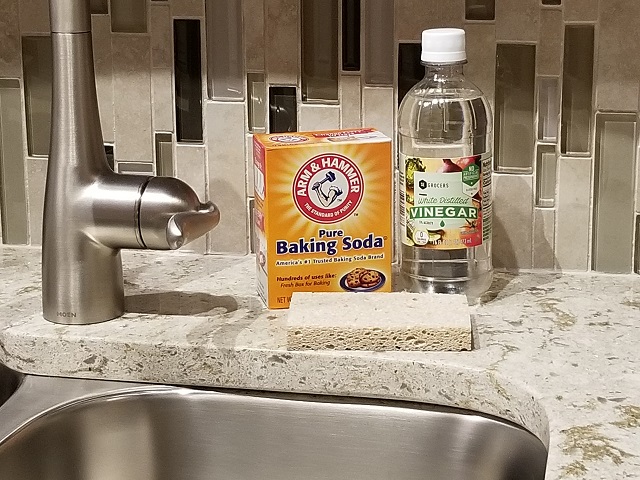
Natural Rust Removal Methods
Stainless steel is a durable, corrosion-resistant metal which is highly valued for its many uses. While it is resistant to rust, it can still be affected by corrosion over time. To ensure the longevity of stainless steel, it is important to know the best ways to remove rust from the surface. Natural rust removal methods are a great way to remove rust from stainless steel without the need for harsh chemicals or abrasives. These methods can be used to restore stainless steel to its original shine and condition.
One of the most common natural rust removal methods for stainless steel is by using a solution of white vinegar and water. Vinegar is an acidic liquid that helps break down the rust on stainless steel. To create the solution, mix one part white vinegar with two parts water. Then, dip a cloth into the solution and use it to scrub away the rust from the surface of the stainless steel. After the rust has been removed, rinse the surface with clean water and dry it.
Another natural rust removal method is to use lemon juice and baking soda. Mix equal parts of lemon juice and baking soda to create a paste. Then, spread the paste over the rust-affected area of the stainless steel and let it sit for a few minutes. After the paste has had a chance to work, use a sponge or a soft cloth to scrub away the rust. After the rust has been removed, rinse the surface with clean water and dry it.
No matter which natural rust removal method you choose, it is important to ensure that you are using the correct technique to ensure the rust is removed safely from the stainless steel without damaging the surface. Natural rust removal methods are an effective, safe way to remove rust from stainless steel without using harsh chemicals or abrasives. With a little bit of effort and the right technique, you can restore the original shine and condition of stainless steel in no time.
Chemical Rust Removal Methods
Stainless steel is a durable material that’s known for its ability to resist corrosion and rust. But that doesn’t mean it’s entirely immune to rusting. There are several methods of rust removal from stainless steel, including chemical rust removal. Chemical rust removal involves using chemicals to remove rust from stainless steel surfaces. Common chemical rust removal products contain phosphoric acid, hydrochloric acid, and citric acid, to name a few. These products can be used in a variety of ways, such as soaking the steel in the solution, scrubbing the steel with a brush, and applying the solution directly to the rust. Each method has its own advantages and disadvantages, so it’s important to read the instructions carefully before using any chemical rust removal product. If done correctly, chemical rust removal products can effectively remove rust from stainless steel surfaces without damaging the steel itself.
Rust Prevention Tips for Stainless Steel
Stainless steel is a durable and corrosion-resistant material that is often used in industrial and commercial settings. Unfortunately, stainless steel can still be vulnerable to rust and corrosion, particularly in wet or high-humidity environments. Fortunately, there are steps that can be taken to help prevent rust from forming on stainless steel.
One of the most important steps to take is to ensure that stainless steel surfaces are regularly cleaned and dried. Any moisture or dirt that is left on the surface of the metal can lead to the formation of rust. Additionally, it is important to inspect the stainless steel for any signs of corrosion and to act quickly if any is found.
Another important step is to use a rust inhibitor. These inhibitors are designed to help protect the stainless steel from corrosion and rust. They can also be used to help remove existing rust from the surface of the metal. However, it is important to remember that the use of any rust inhibitor should be in accordance with the manufacturer’s instructions.
Finally, it is important to take steps to protect the stainless steel from the elements. This can include covering the metal with a protective coating or wrapping it in a protective material. This can help to keep the metal dry and free from moisture, which can help to reduce the risk of rust formation.
By following these steps, it is possible to help keep stainless steel surfaces free from rust and corrosion. Taking the time to regularly inspect and clean the stainless steel can help to ensure that it remains in good condition. Additionally, using the right rust inhibitor and taking steps to protect the metal from the elements can also help to keep rust away.
Conclusion
Stainless steel is a durable and strong material and rust can be prevented using the above methods. Regular maintenance such as cleaning, polishing, and applying protective solutions can help keep stainless steel rust-free. The best way to remove rust from stainless steel is to use a rust remover. There are a variety of rust removers available on the market, and it is important to choose the one that is best suited for the material. If the rust is not too severe, a simple cleaning with a soft cloth and warm water should suffice. For more stubborn rust, sanding or using a chemical rust remover may be necessary. Whatever method is used, it is important to remember that rust can be prevented with regular maintenance and cleaning.
FAQs About the What Removes Rust From Stainless Steel?
Q: What is the best way to remove rust from stainless steel?
A: The best way to remove rust from stainless steel is to use a combination of baking soda and white vinegar. First, sprinkle the baking soda onto the rusted area and then spray with white vinegar. Allow the mixture to sit for several minutes before scrubbing with a scouring pad or brush.
Q: Is it safe to use a wire brush to remove rust from stainless steel?
A: No, wire brushes should not be used to remove rust from stainless steel as they can damage the surface of the stainless steel. It is best to use a combination of baking soda and white vinegar to remove rust from stainless steel.
Q: Is muriatic acid safe to use to remove rust from stainless steel?
A: No, muriatic acid is not safe to use to remove rust from stainless steel as it can damage the surface of the stainless steel. It is best to use a combination of baking soda and white vinegar to remove rust from stainless steel.
Conclusion
Rust on stainless steel can be difficult to remove, but it is possible with the right tools and techniques. Various chemical and mechanical methods can be used to remove rust from stainless steel. Chemical methods such as vinegar and lemon juice can be used to dissolve rust, while mechanical methods such as sanding and wire brushing can be used to physically remove rust. In addition, there are commercial rust removers available on the market that can effectively remove rust from stainless steel. Regardless of which method is used, it is important to take the necessary precautions to protect yourself and the surface of the stainless steel.
